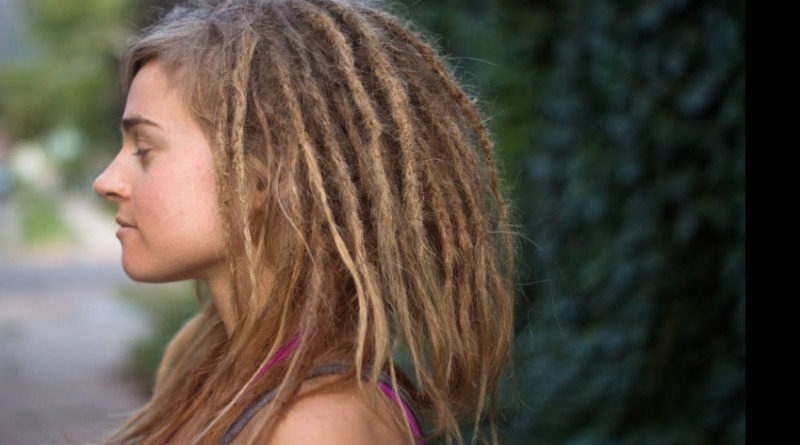Are you one of those people who always wanted to have fashion dread, or are you considering the idea now but want to know more about its history and characteristics before venturing out? So you are in the right place! Because in this little text, we have super cool information about dreads for you to stay on top of the subject. Also, lots of tips on making, caring, and everything else. Is ready? So let’s go.
Table of Contents
What Is Dread
Many people believe that dreads were born with the Rastafarian religion in Jamaica. Along with one of its main icons, Bob Marley. Although the singer and the movement’s followers were indeed responsible for disseminating the dreads culture. Historical records point to the existence of dreads in communities in Africa and India, even in the Pre-Biblical period.
In African communities north of Namibia and Angola. It will say that the use of dread comes from the beginning of their culture and can have different meanings for their people, such as the marital status of women or aesthetics, for example.
Fashion Dread In India
In India, dreads will associat with Shiva, one of the gods of Hinduism. Practitioners of this spirituality live a life free from material possessions and cultivate the use of dread to free themselves spiritually. In this way, they let their dreads grow naturally and choose not to cut them to maintain their principles.
When we continue in history, finally reaching the Rastafarianism of the 30s in Africa, dreads represent a way of worshipping Haile Selassie. Emperor in Ethiopia between 1930 and 1974, considered the resurrection of Jesus Christ and, consequently, the reincarnation of God.
Rastafarians do not cut their dreads, as they attribute them as worship to their God. In addition to representing the nature and strength of each individual.
Fashion Dread in Jamaica
In Jamaica, post-slavery in the 1930s, dreads will incorporate black ex-slaves to assert their African culture in American and European society. However, later, it was only in the 60s, and 70’s that singer Bob Marley started to popularize the Rastafarian religion and the cultivation of dreads throughout the world through his reggae style music.
Who Is Capable Of Adhering To This Fashion Dread?
As we can see, the use of dreads represents a strong cultural, religious, struggle and resistance baggage for the black African people and other communities in the East. However, with the dissemination of dreads and cultural references worldwide, the hairstyle has also started to will use as an aesthetic adornment. In practice, everyone can adhere to this hairstyle, but it is always important to be aware of all the roles it represents and its history so that it’s meaning will not devalu.
Also Read: Choose the Most Helpful Sulphate-Free Shampoos for Your Hair In 2022
Fashion Dread Types
Many people think that they are all the same when looking at dreadlocks. However, this is not quite the case. There is more than one type of dread, and each one will made differently. So please look to find out what the difference between them is.
-
Wax Dread
It’s the oldest way to make dreadlocks. Before discovering the needle technique, the beeswax will use to stick and shape the dread. On the other hand, it is a way of adhering to the hairstyle that makes it difficult to clean the dreads, which is why it has fallen into disuse over the years, giving way to the needle dread. In addition, this has an indefinite duration.
-
Dread Extension
Many people would like to have long fashion dread; however, they do not want to wait for the wires to grow to adhere, nor do they want to have short dreads. In these cases, a way out is to use human or synthetic hair extensions to extend the size of your locks and, consequently, the size of your dread. In this way, the hair waves from the appliqué will incorporat into your natural hair and sewn with it so that the fashion dread is longer. For human hair, maintenance will not requir and can will remov only by cutting. However, extensions with synthetic hair should care for every three months or, at most, one year.
-
Wool Fashion Dread

The wool dread is quite interesting as it offers the possibility of opting for a more colourful look. It will make with wool; it has an immense variety of colours. In addition, it is also excellent for those looking for a more temporary look, lasting around three months. It is also unnecessary to cut the hair to remove these dreads like the other types. Oh, and it also offers the option of extension, leaving the result bigger than your natural hair.
Conclusion
This type of dread is for anyone who wants to try out the look without compromising the strands with dreads. In this way, the person buys “loose” dreads from professionals who prepare the dread separately and then “sew” them onto the person’s natural hair strands. Be careful that the application does not have an artificial effect, so count on an excellent professional.
Also Read: Hair Care Routine In The Summer For Long And Shiny Hair
Related posts
Featured Posts
What are the 18 Best Skincare Products In 2024?
Introduction Best Skincare Products Which are the best skincare products in 2024? This article shows some of the best skin…
Best Fitness Brand on Social Media
Fitness Brand on Social Media: Workout gurus and yoga influencers may find on Instagram in all corners. So what are…


